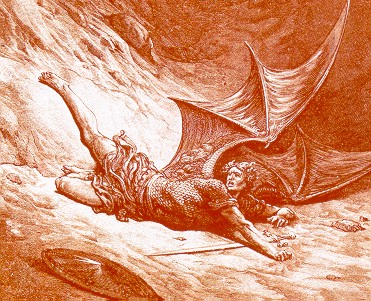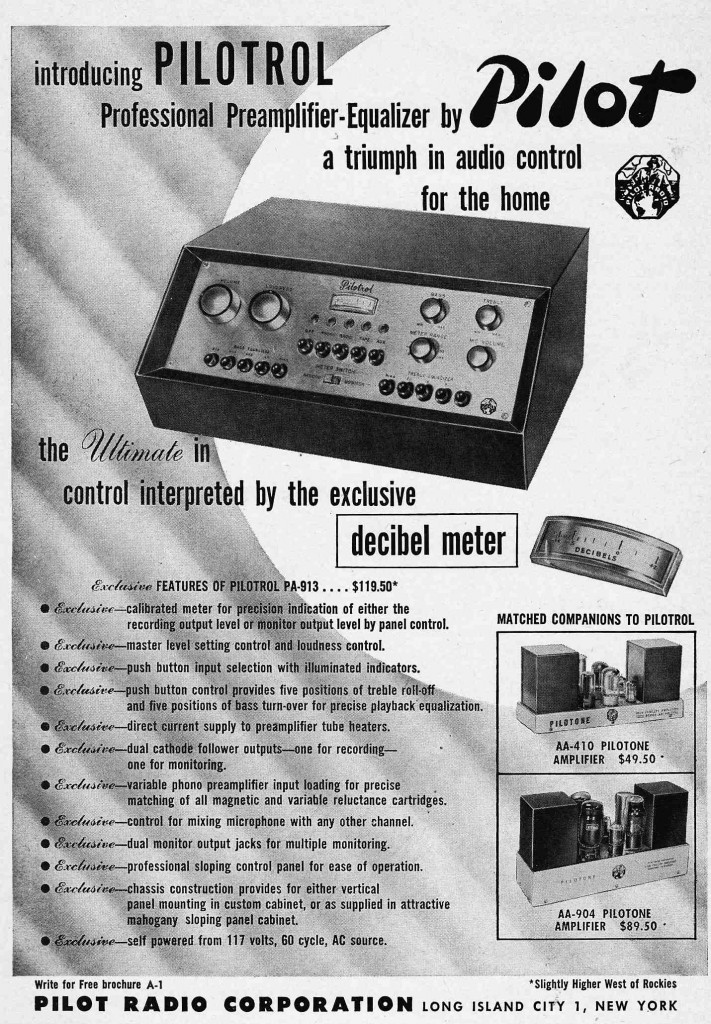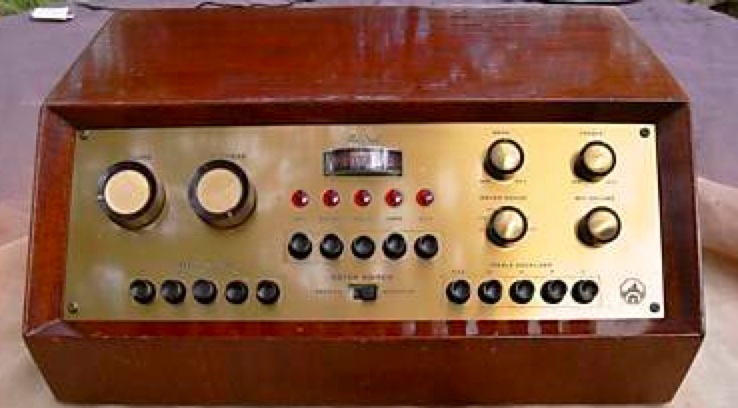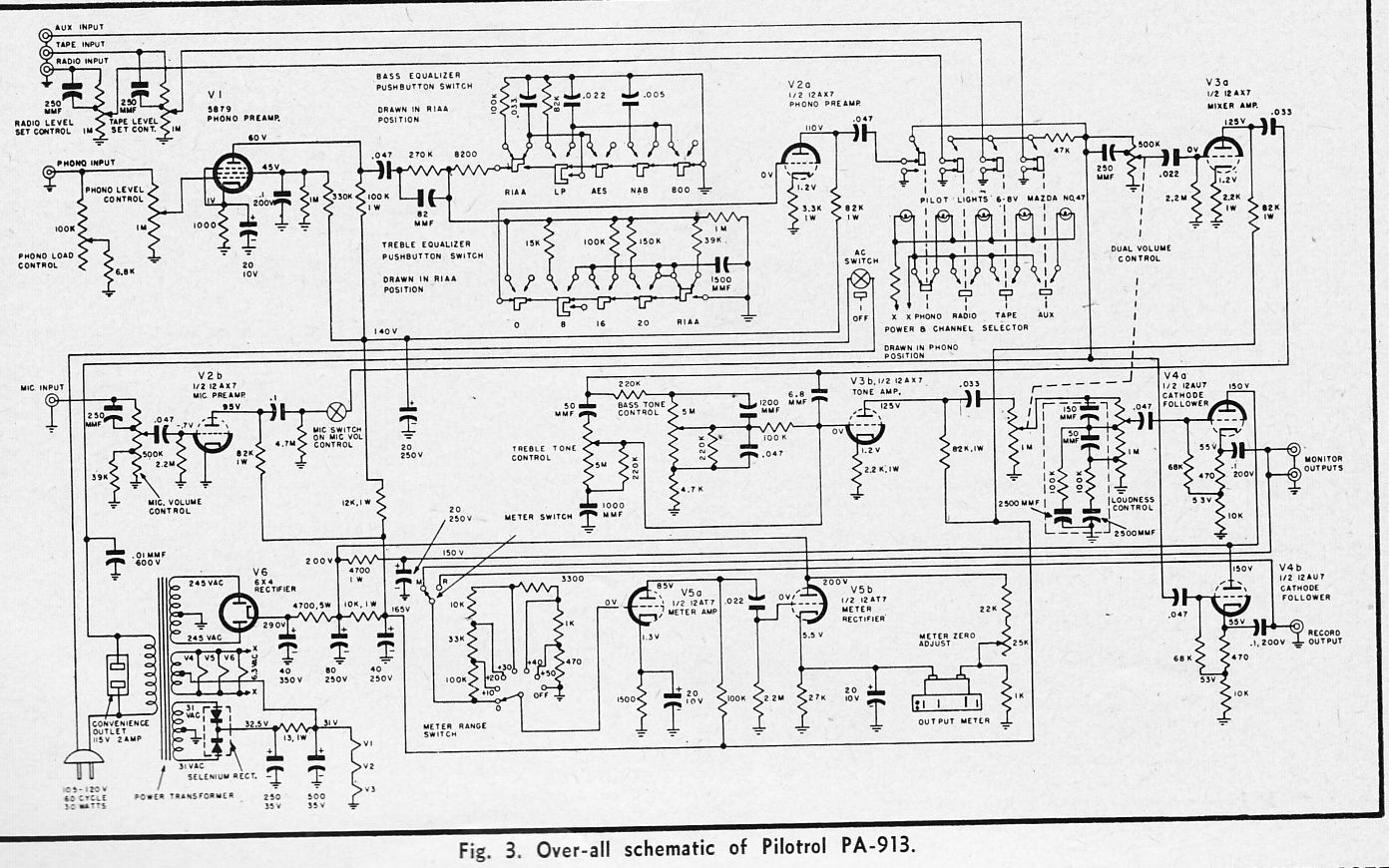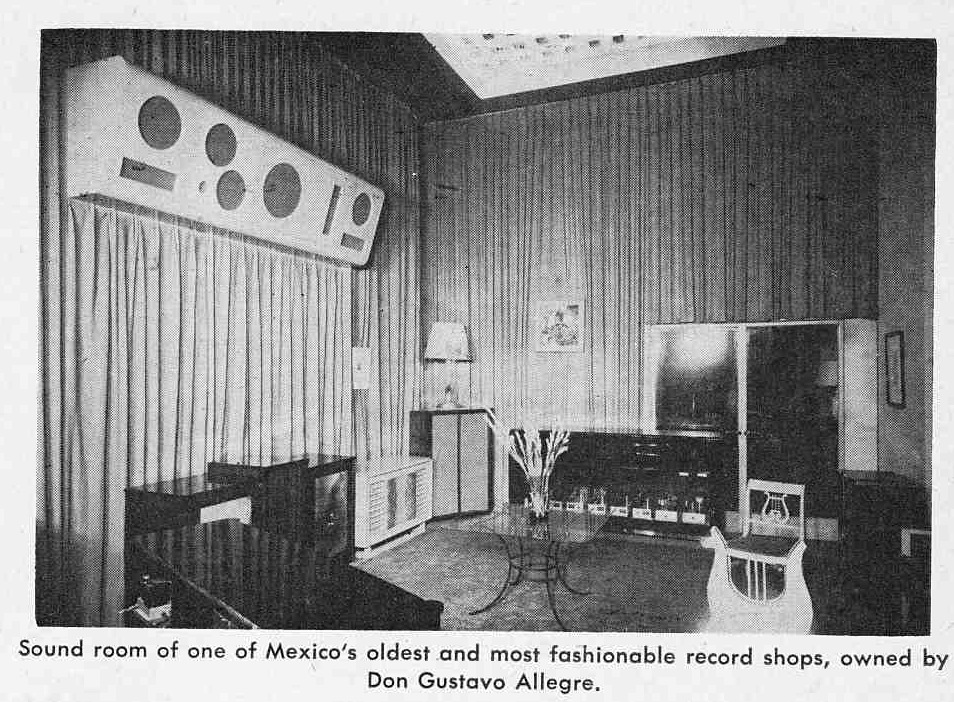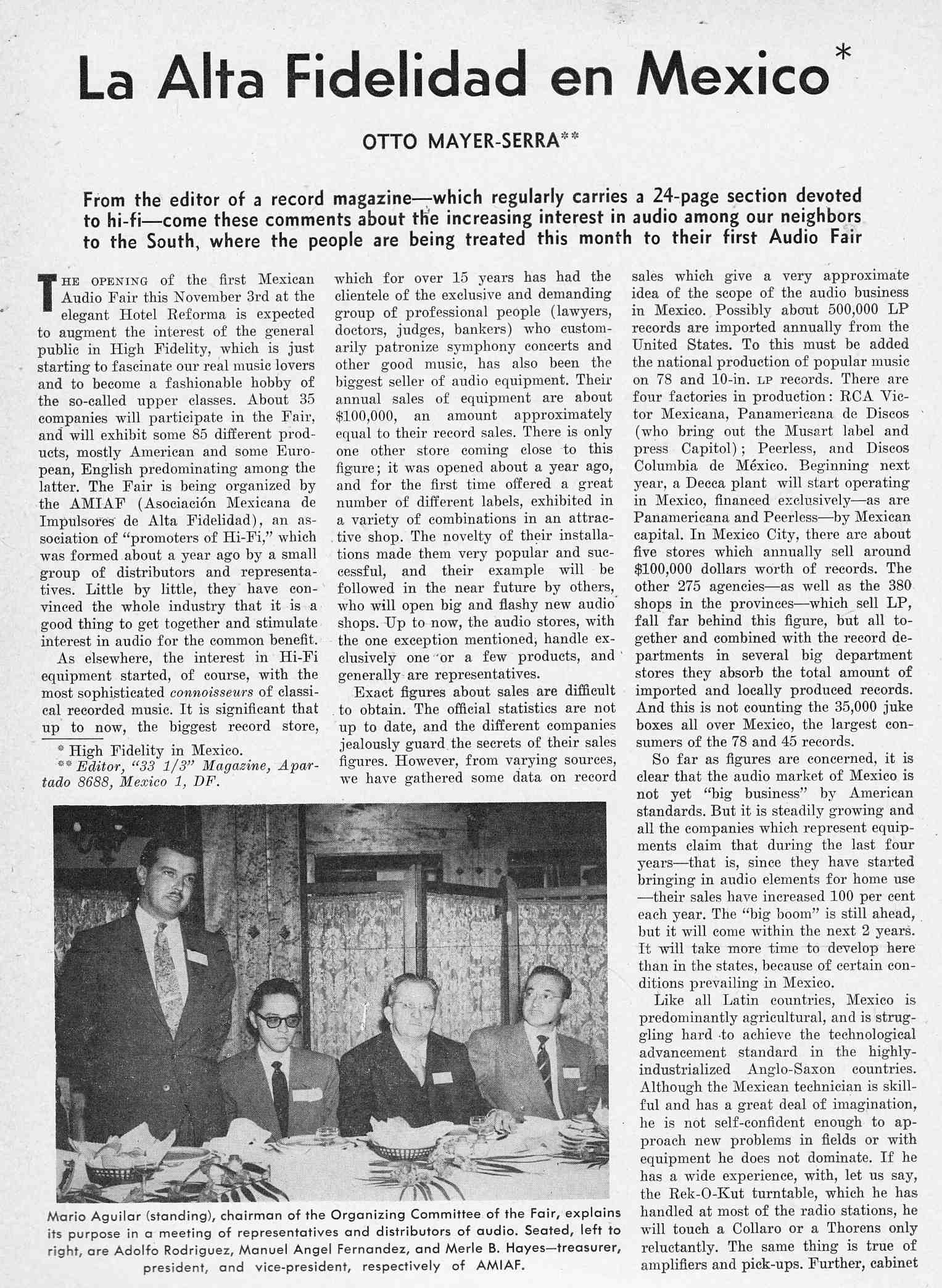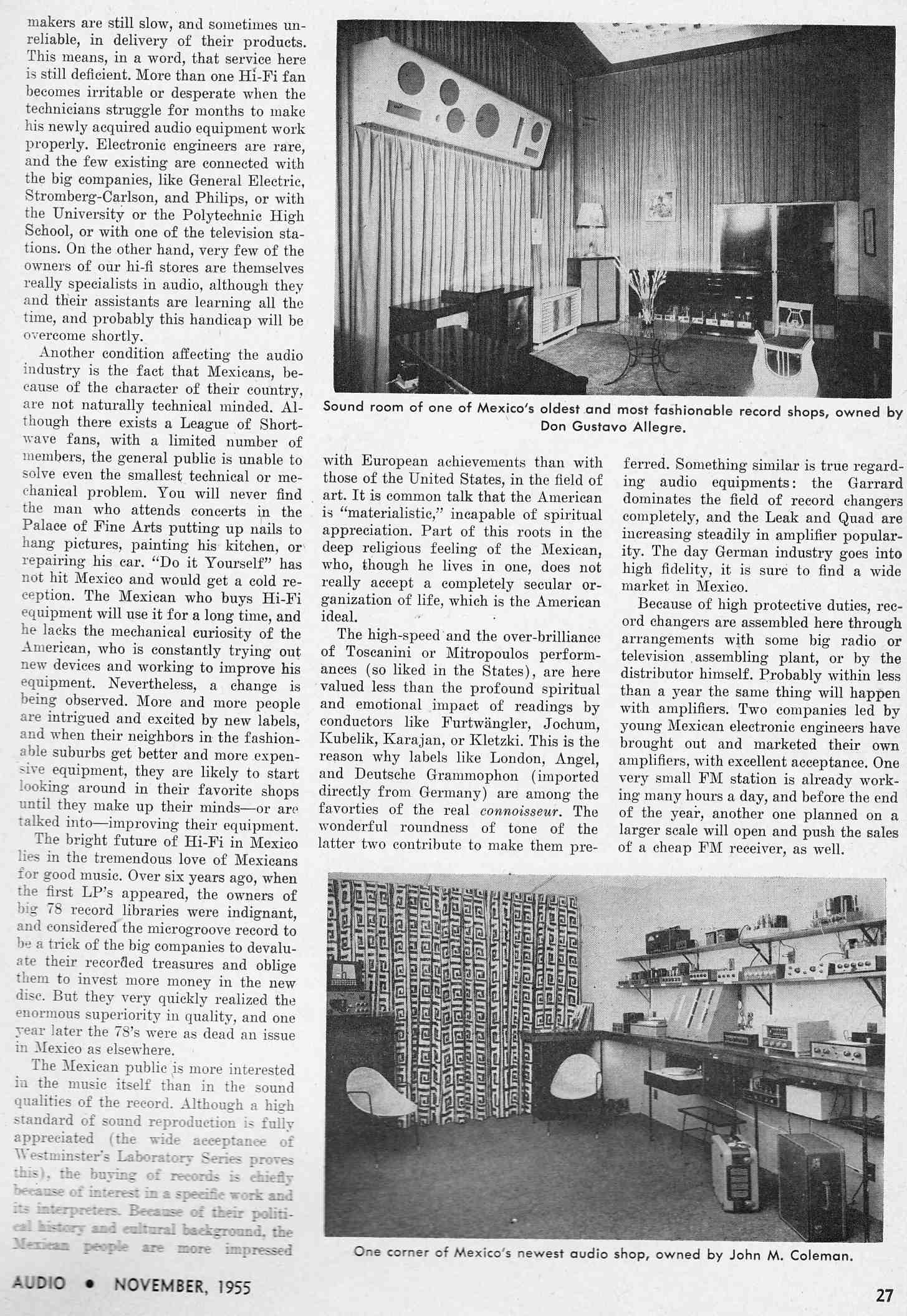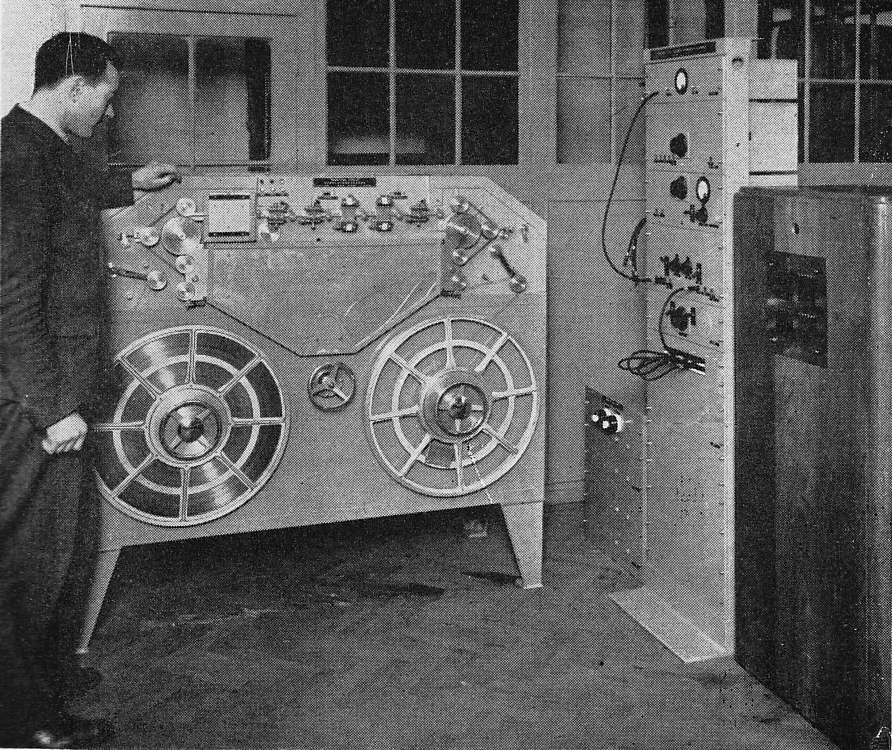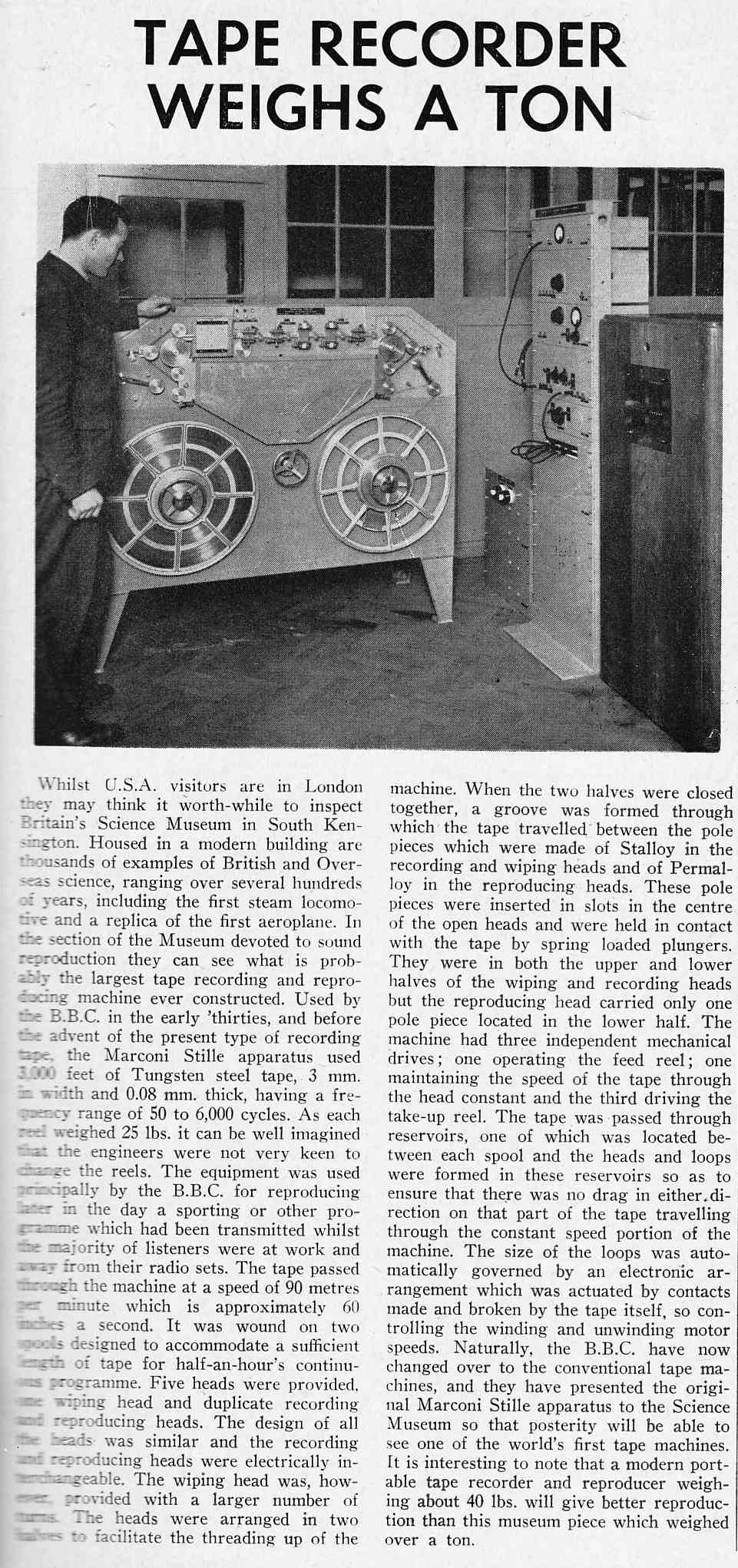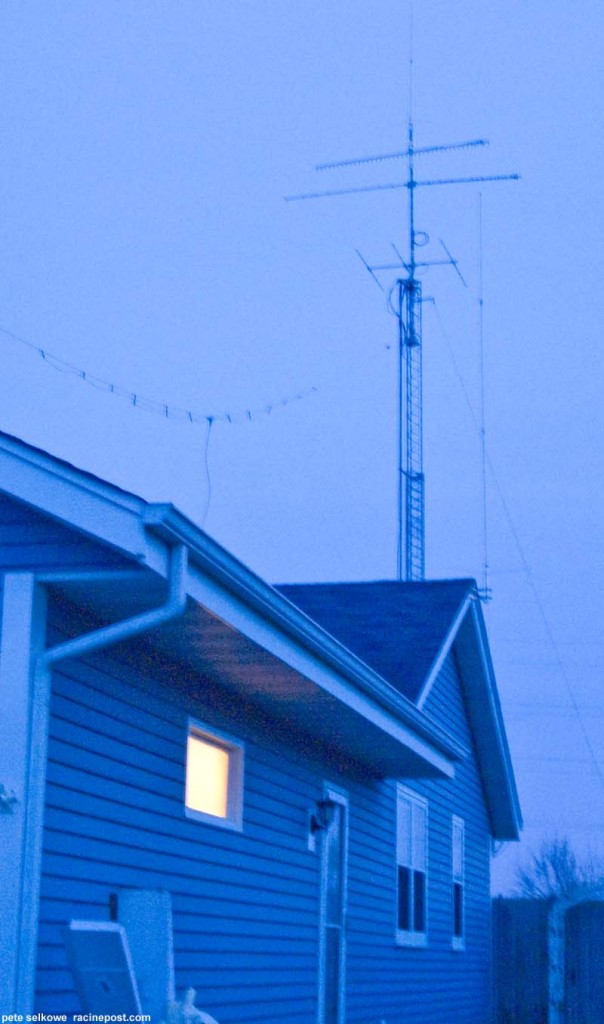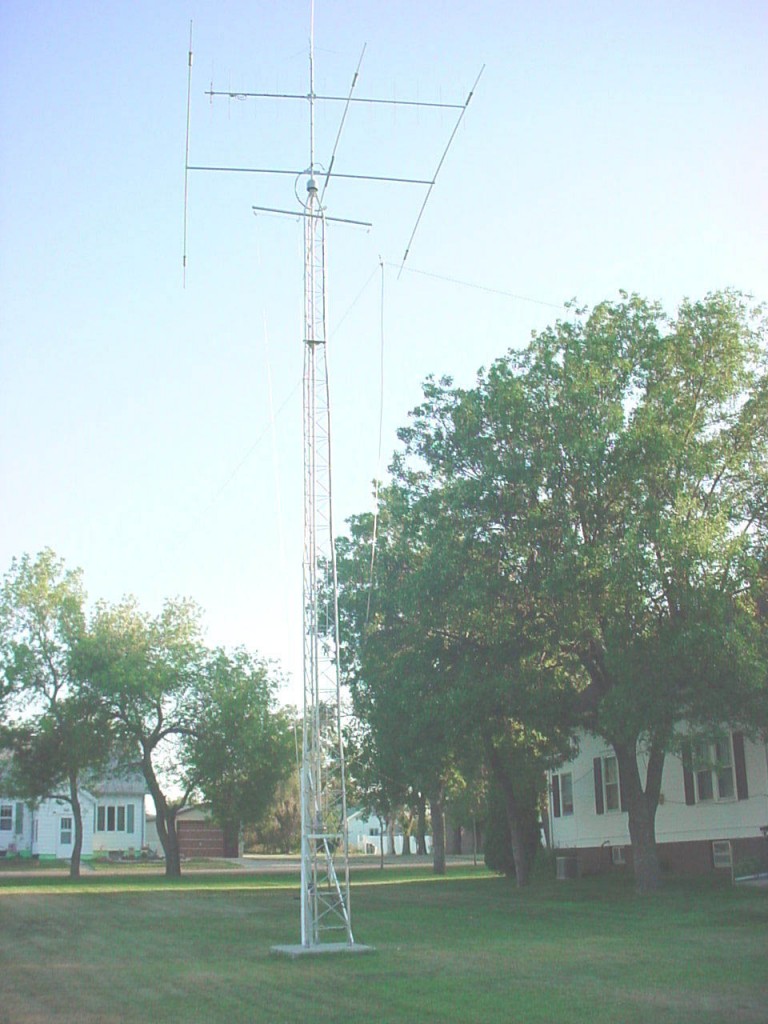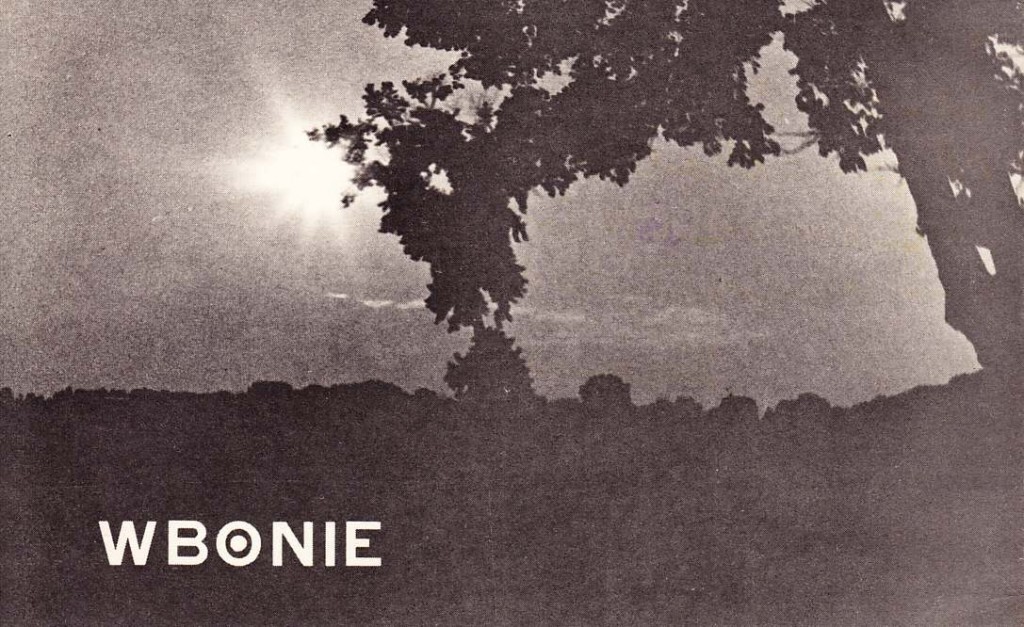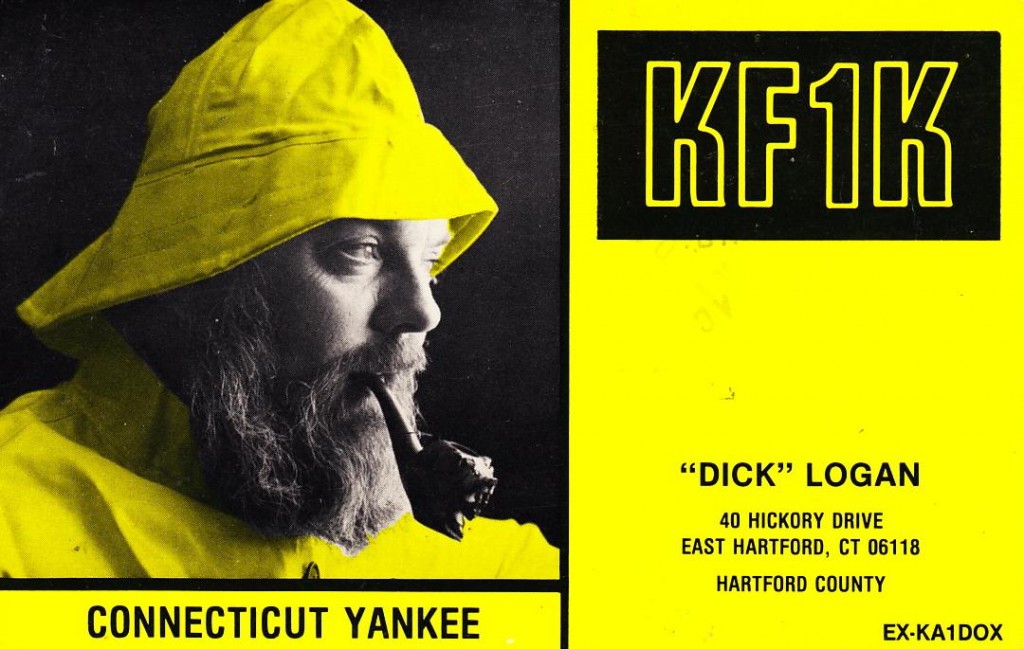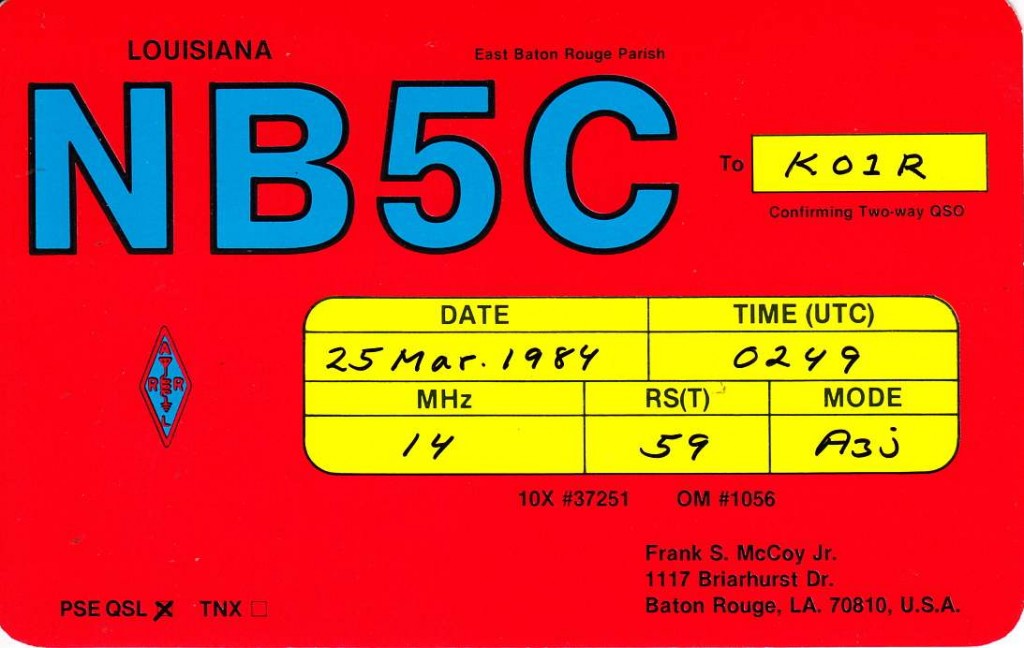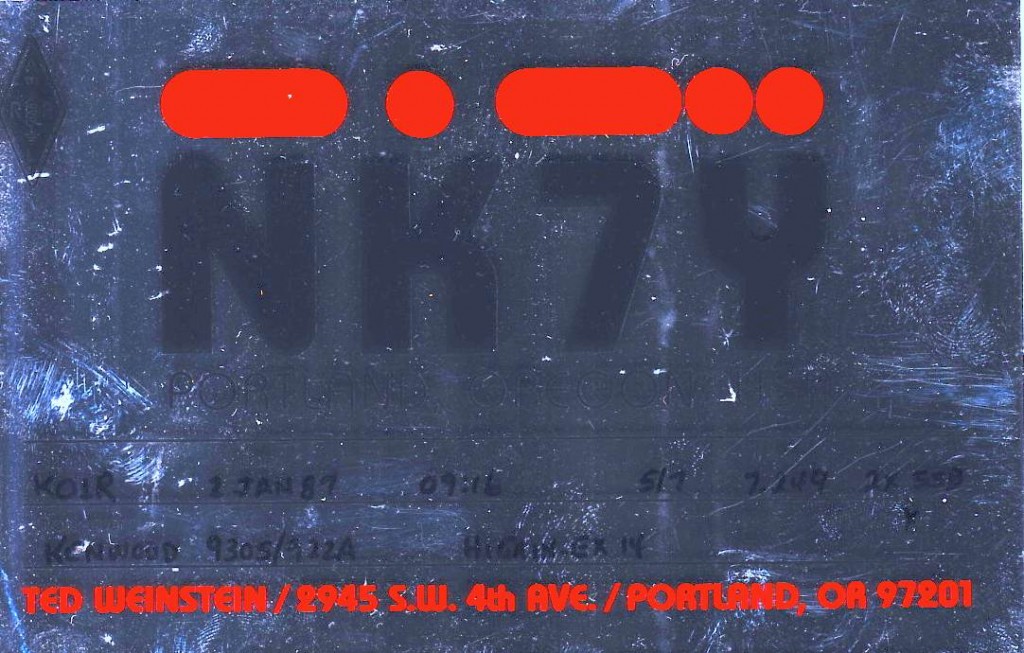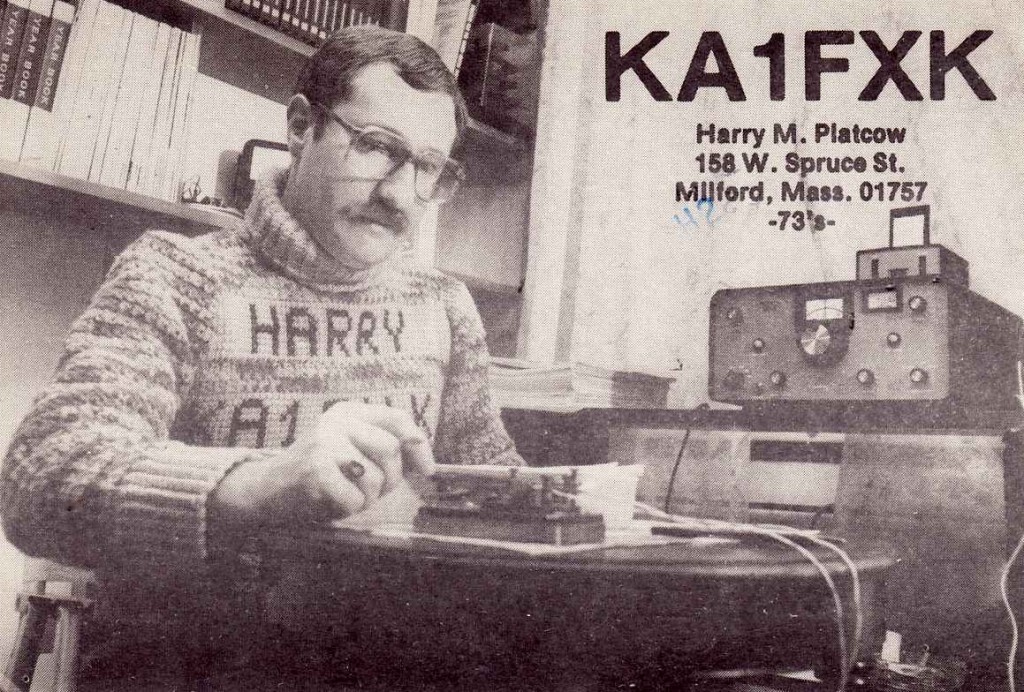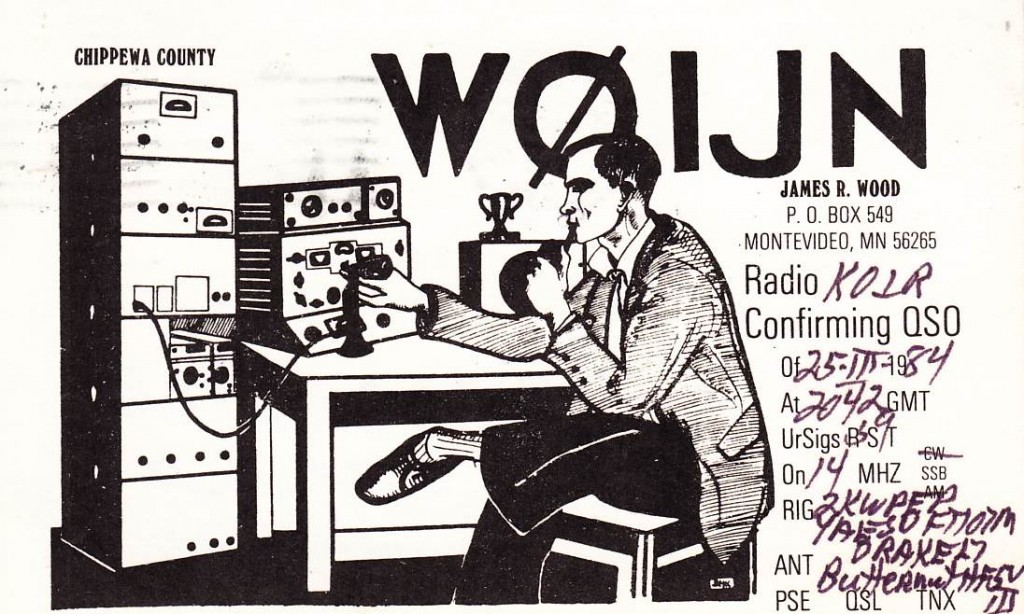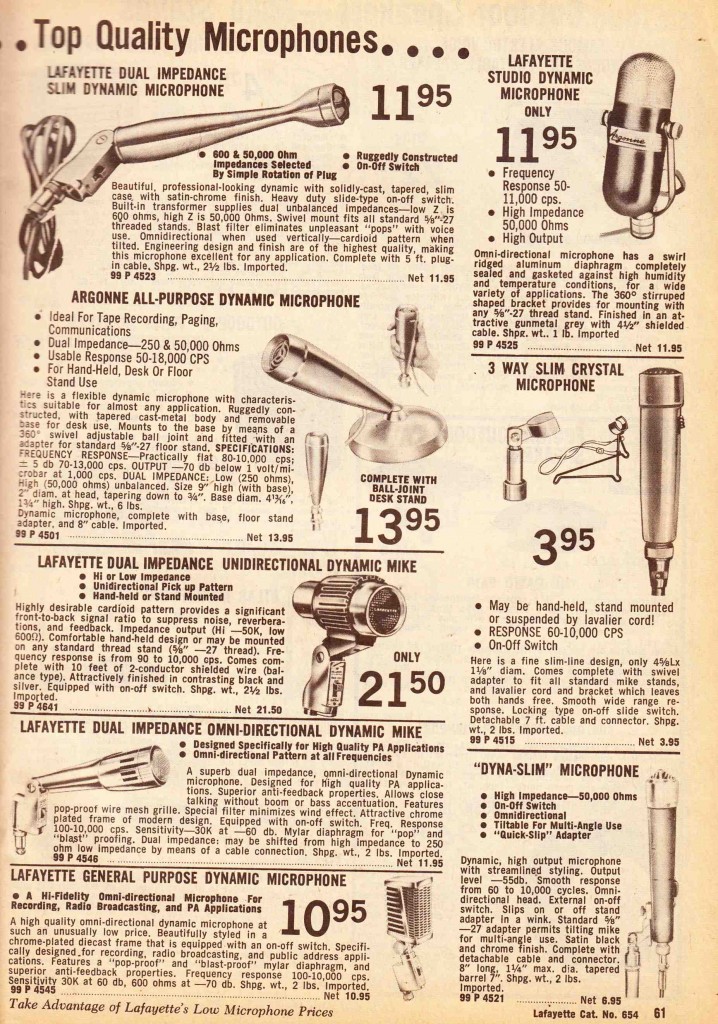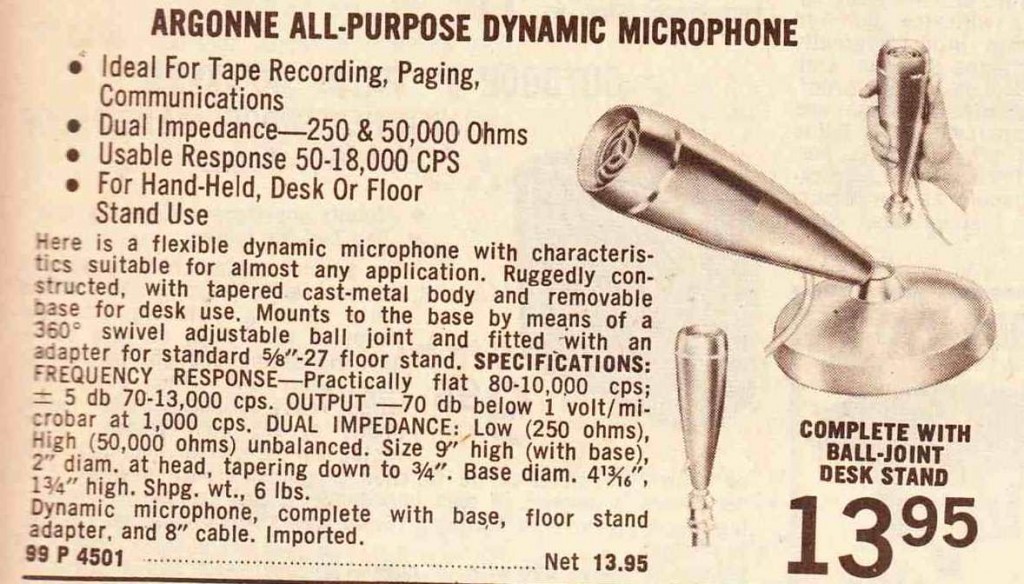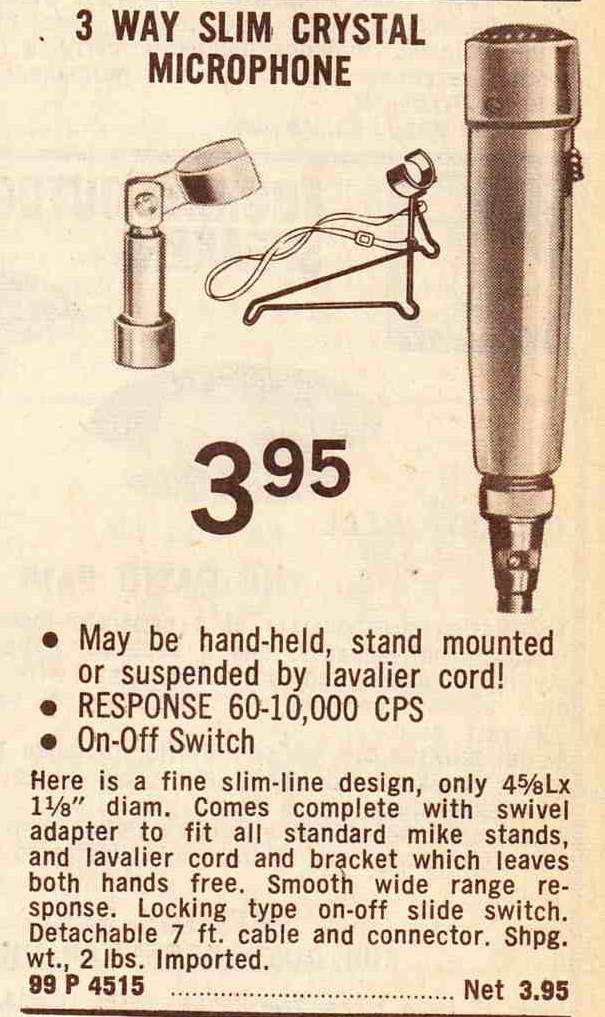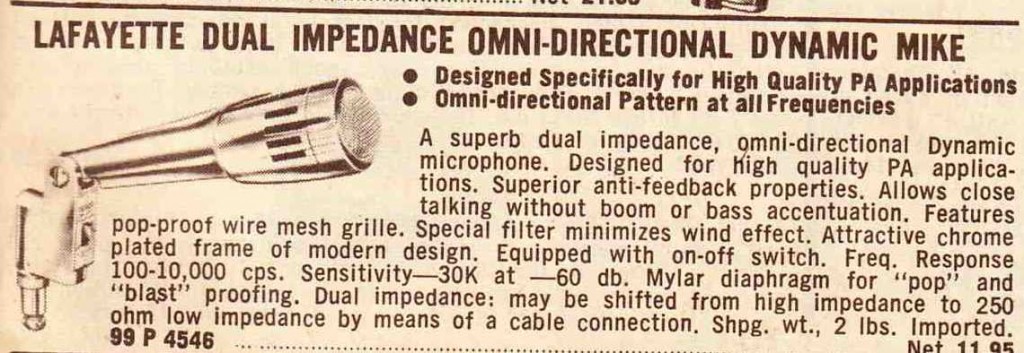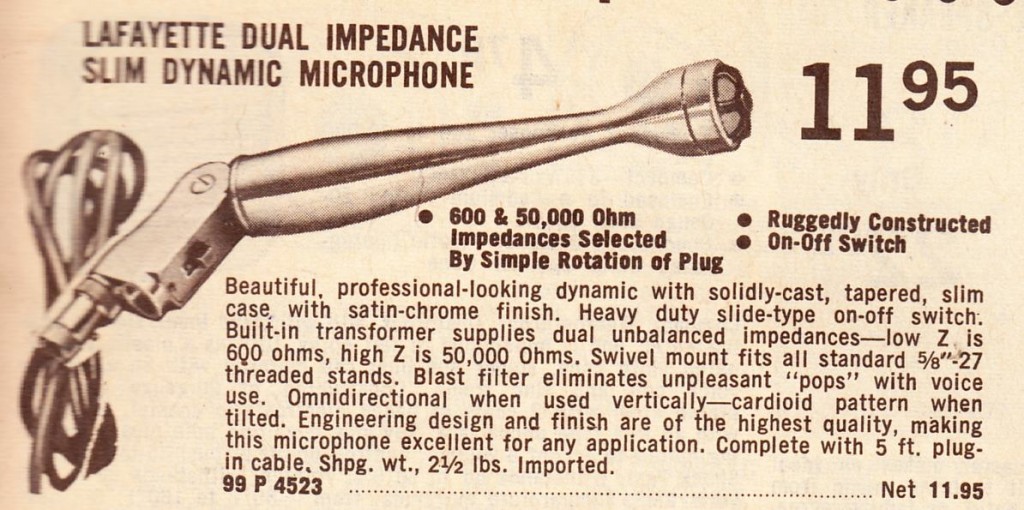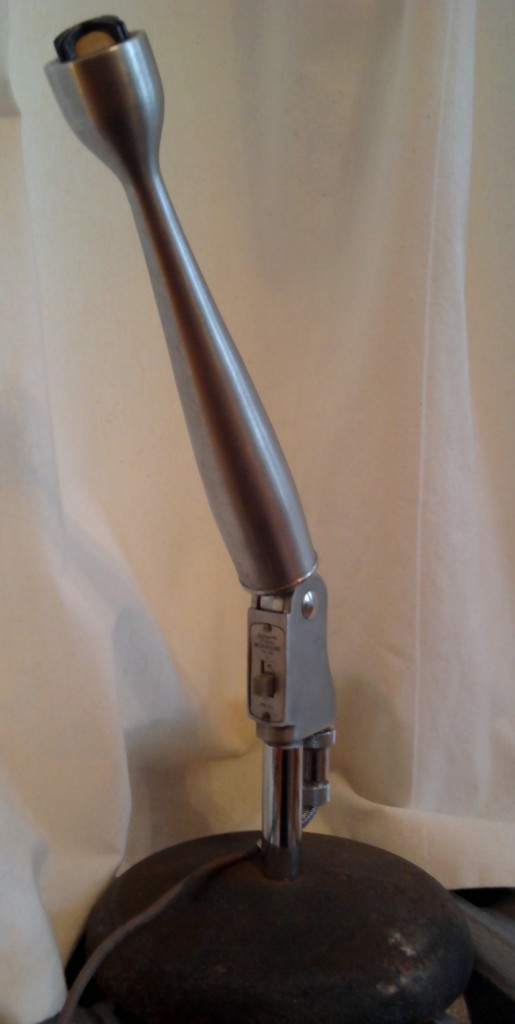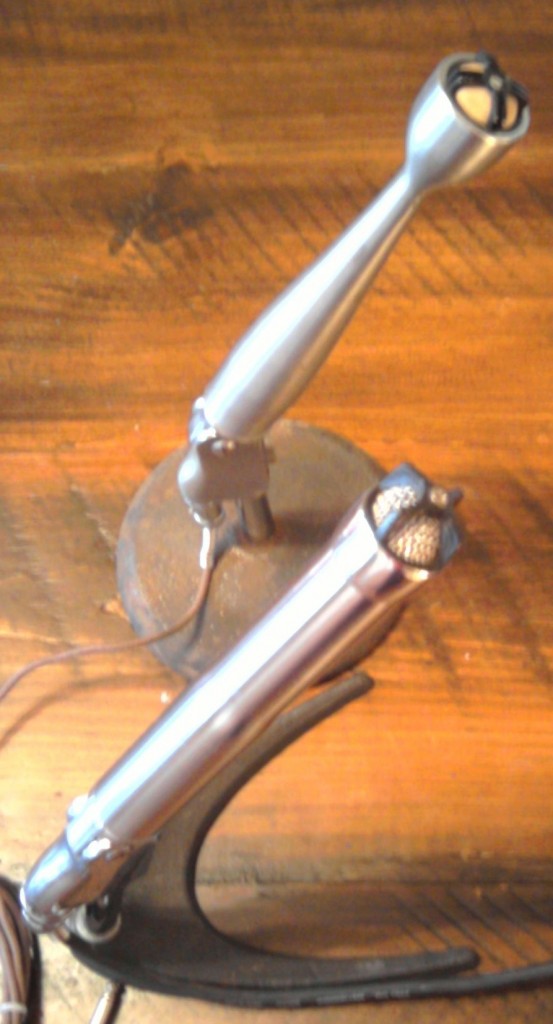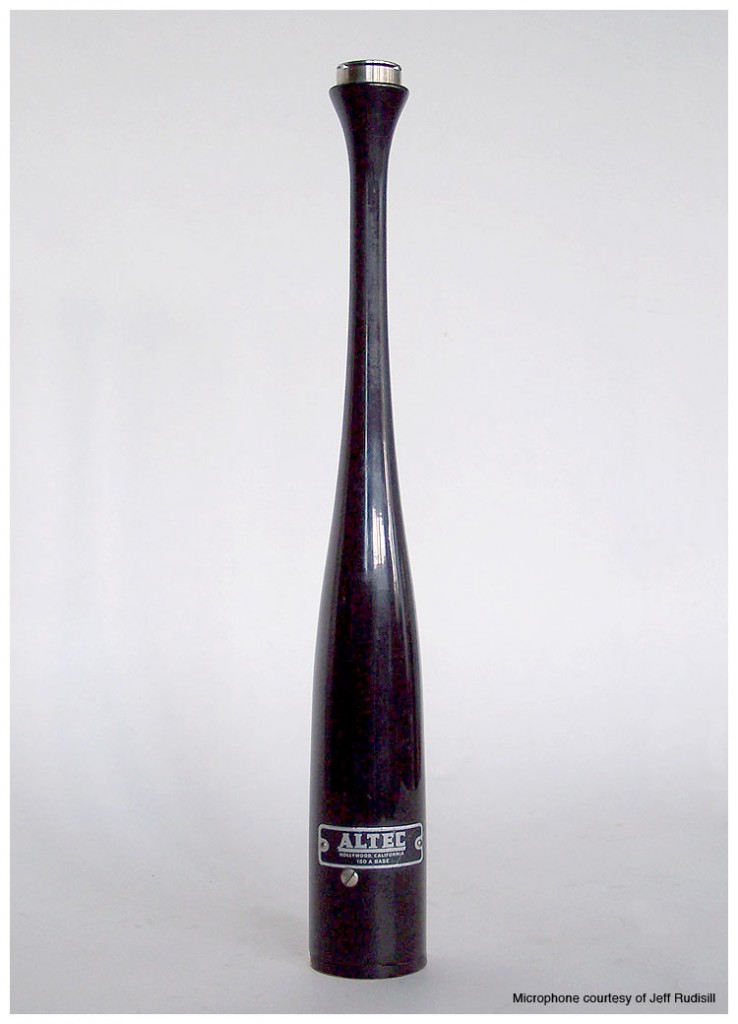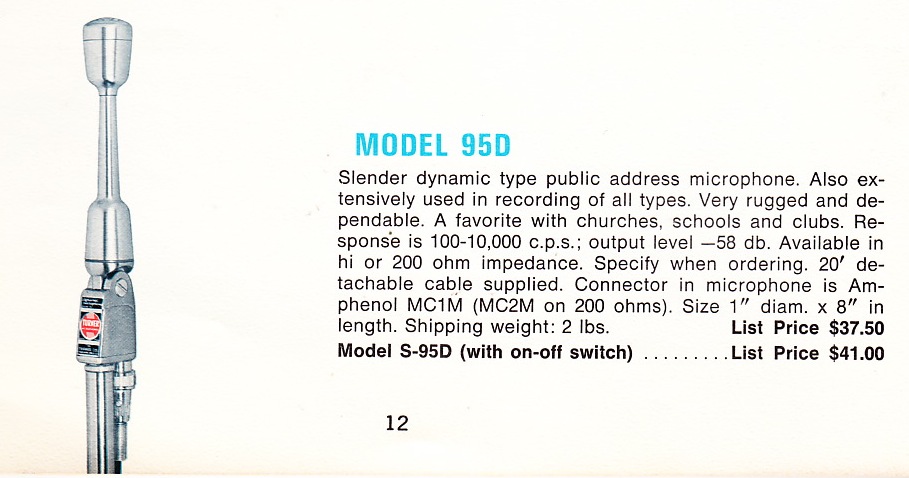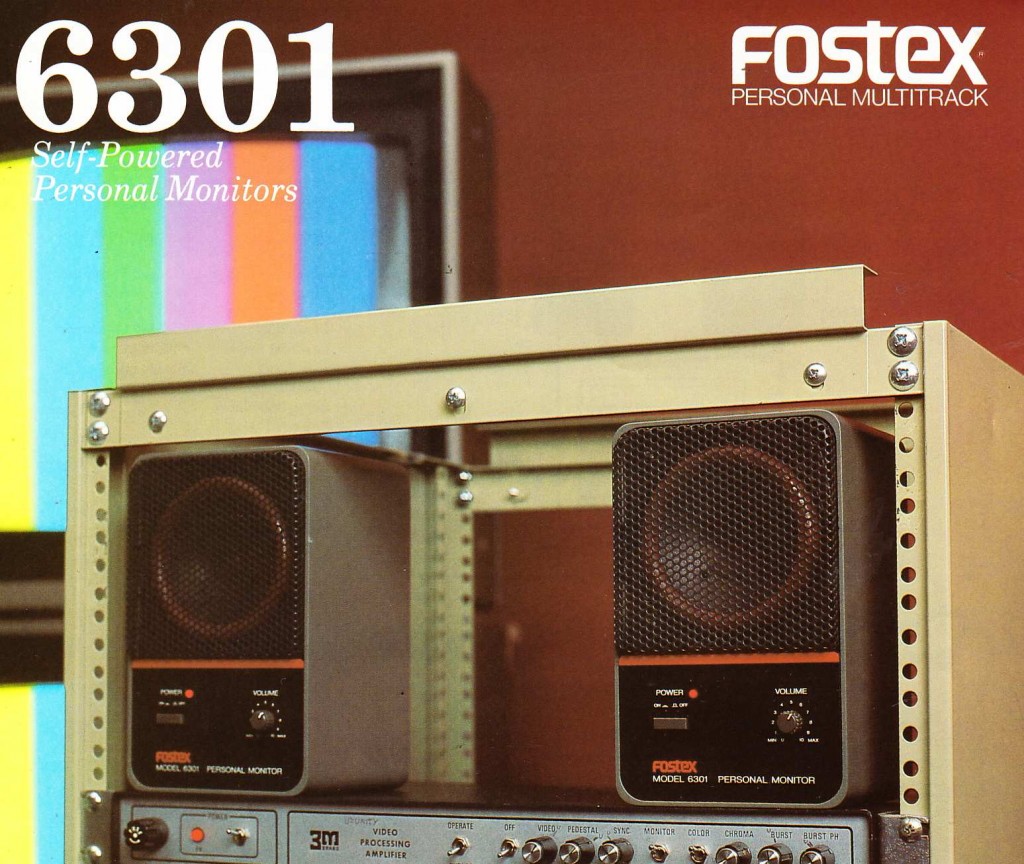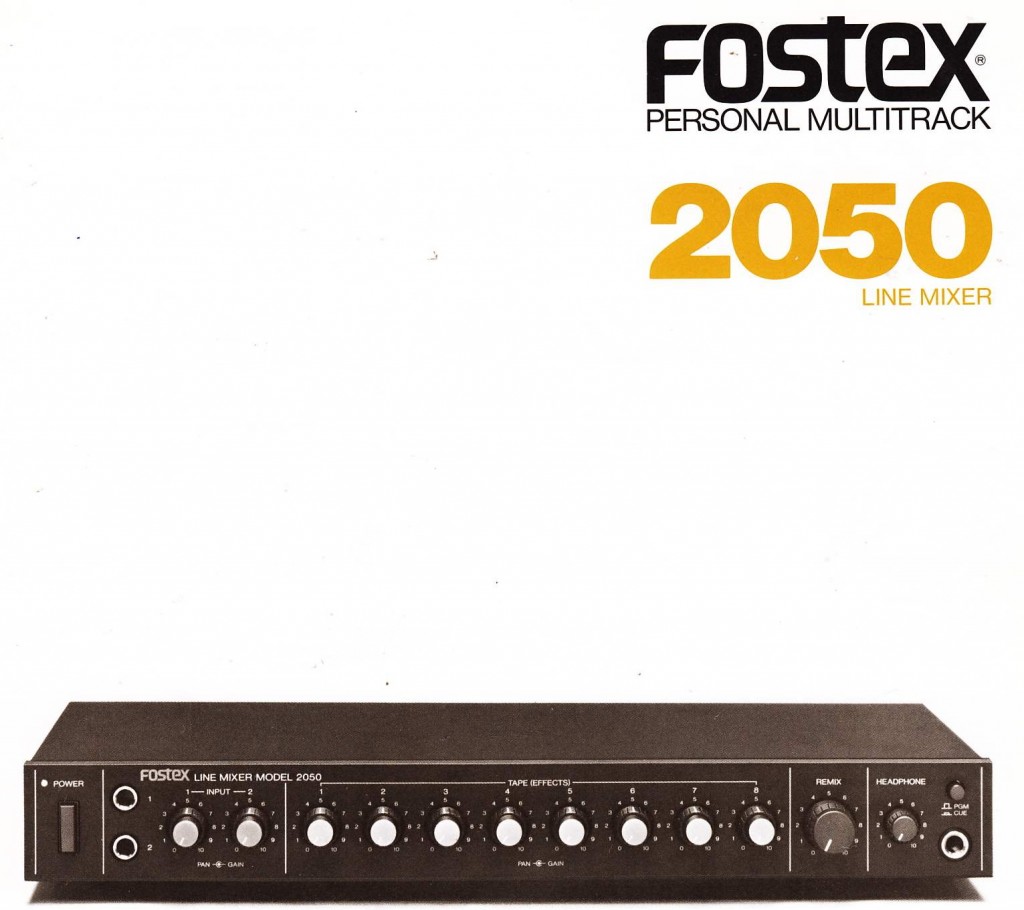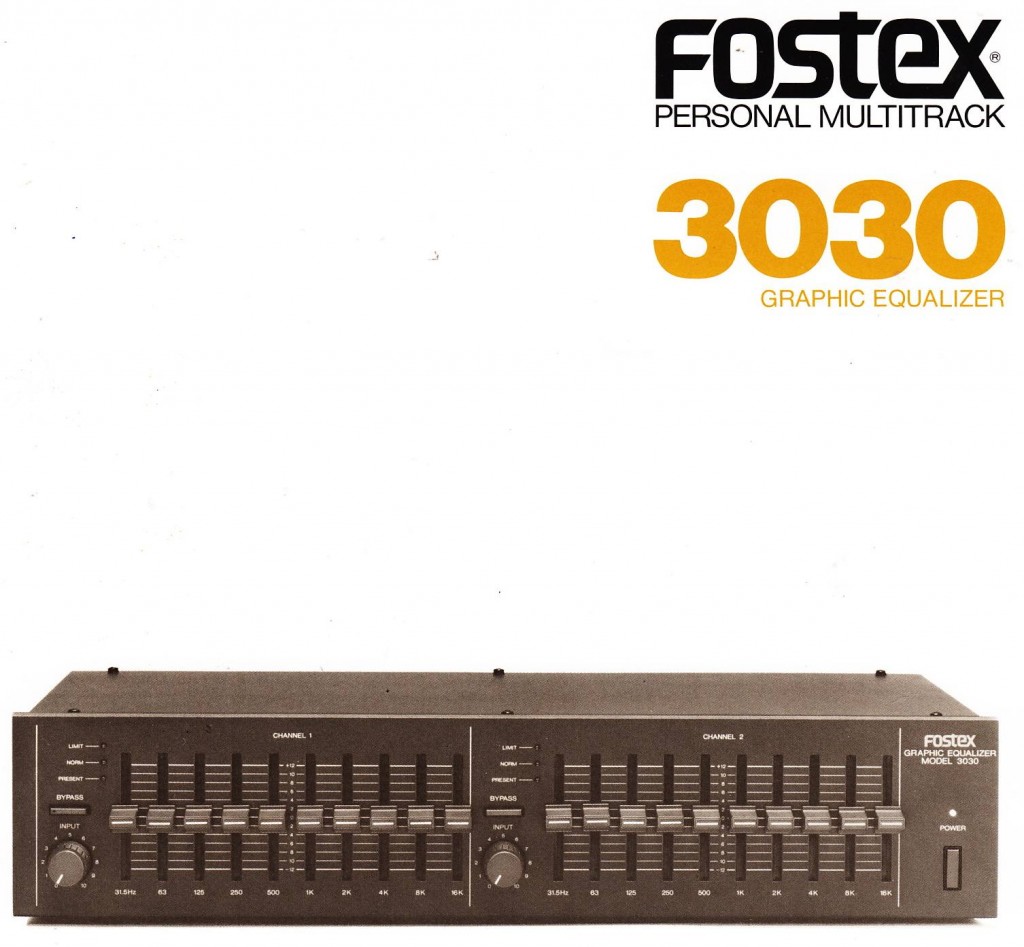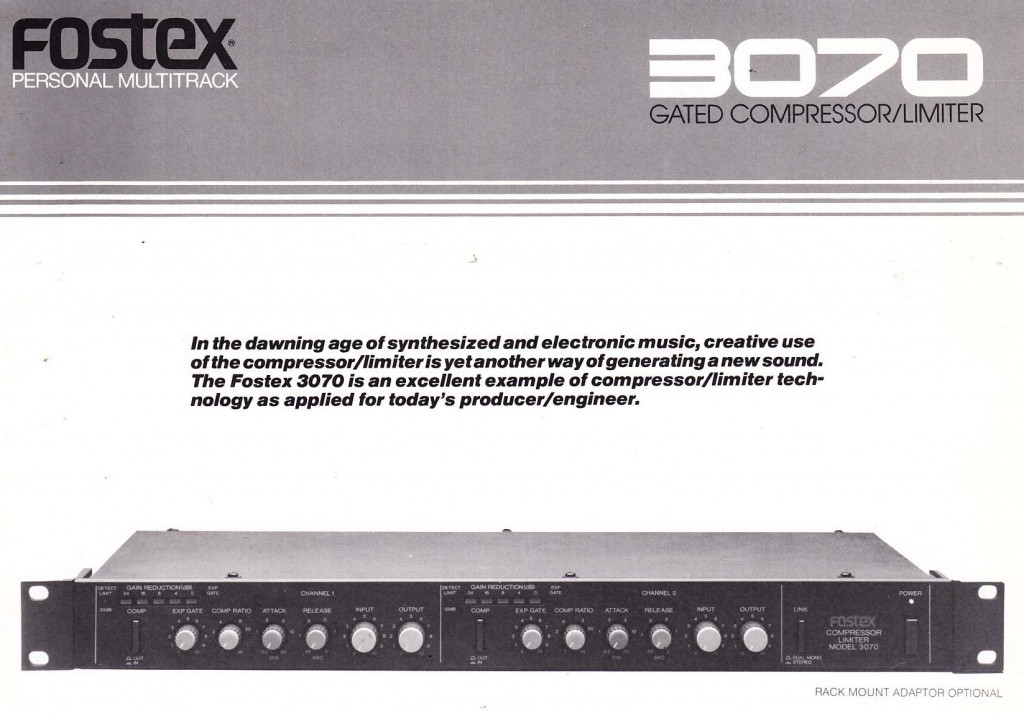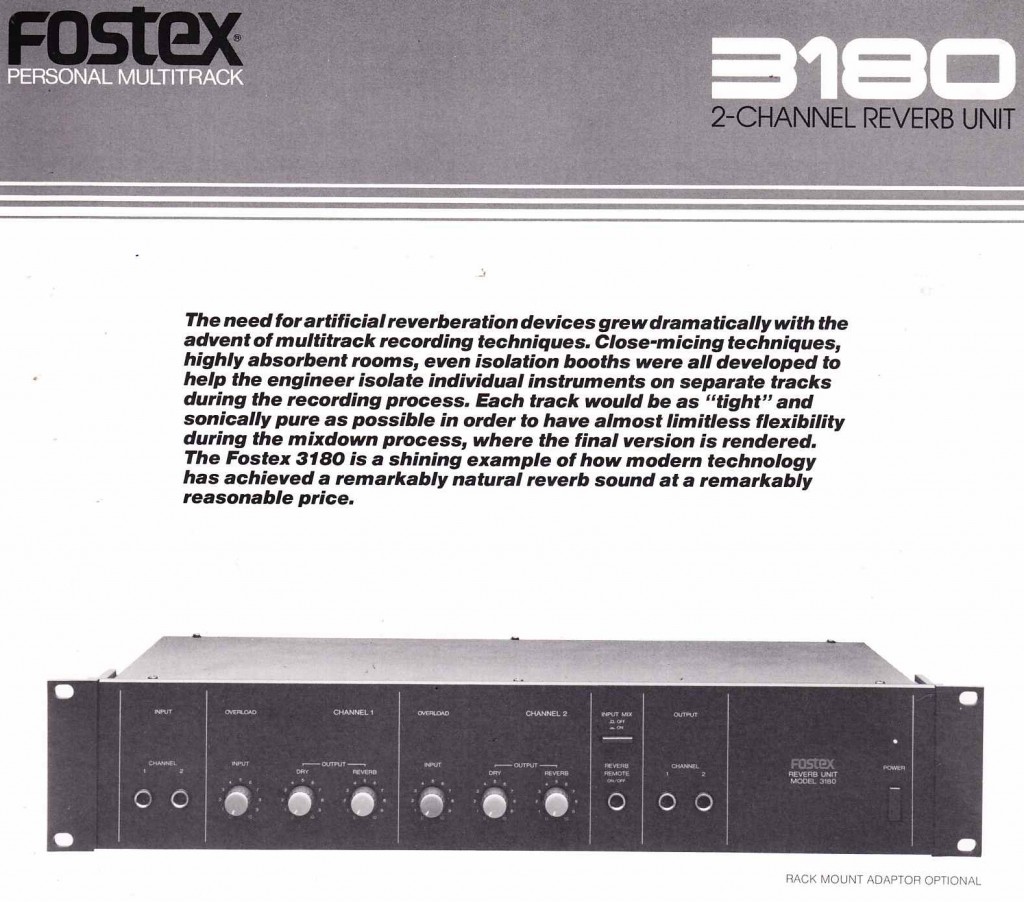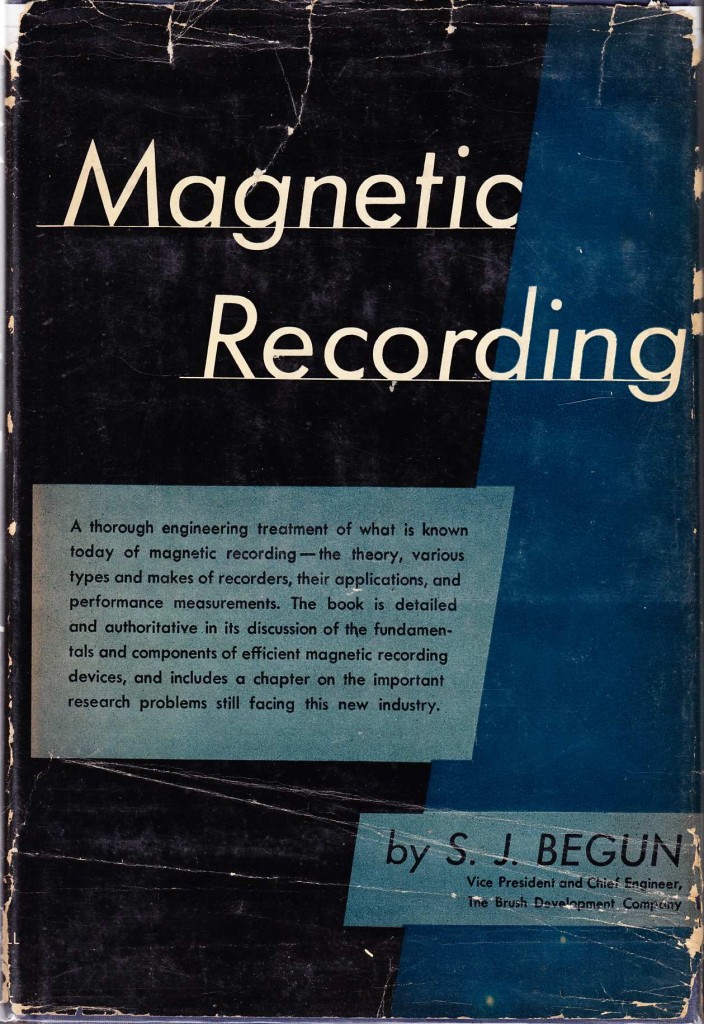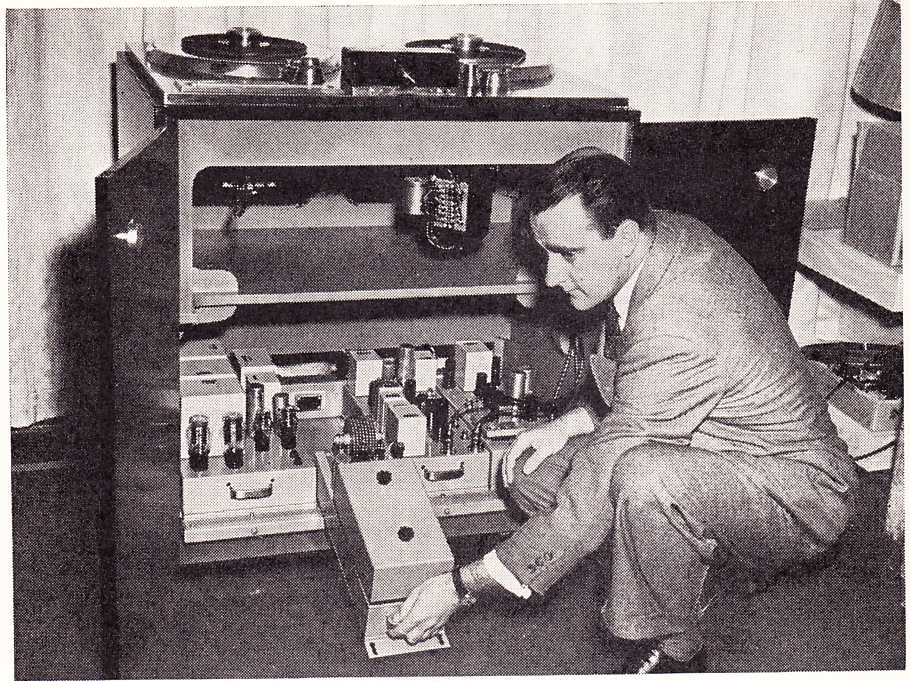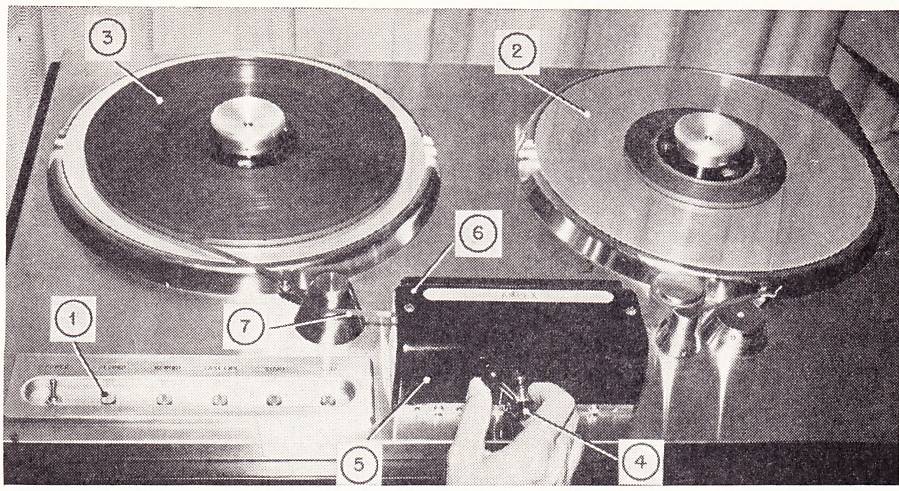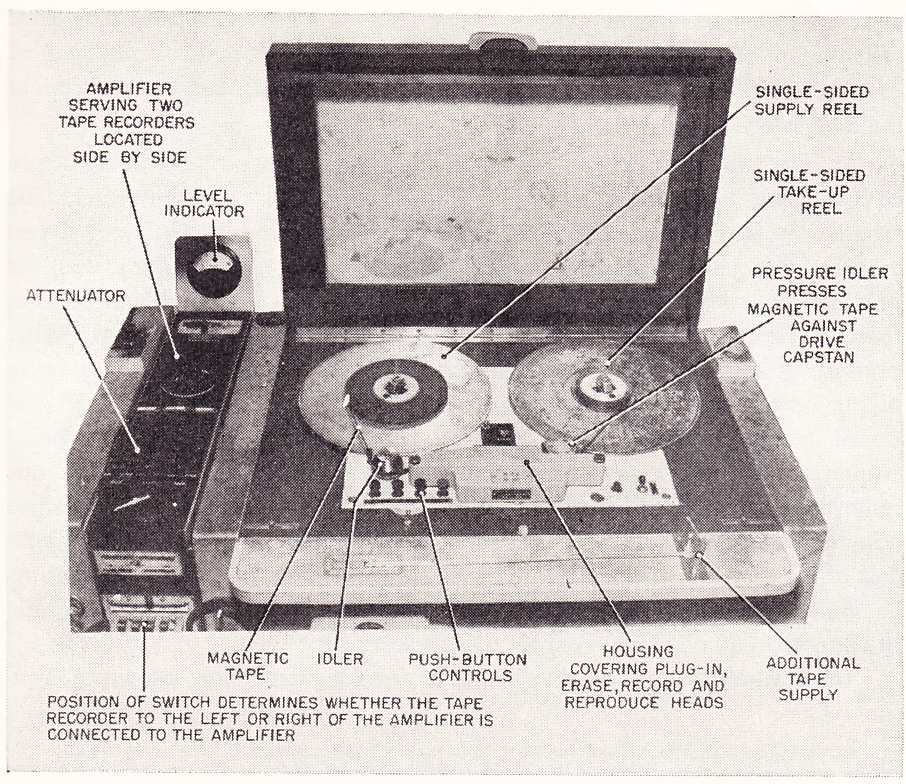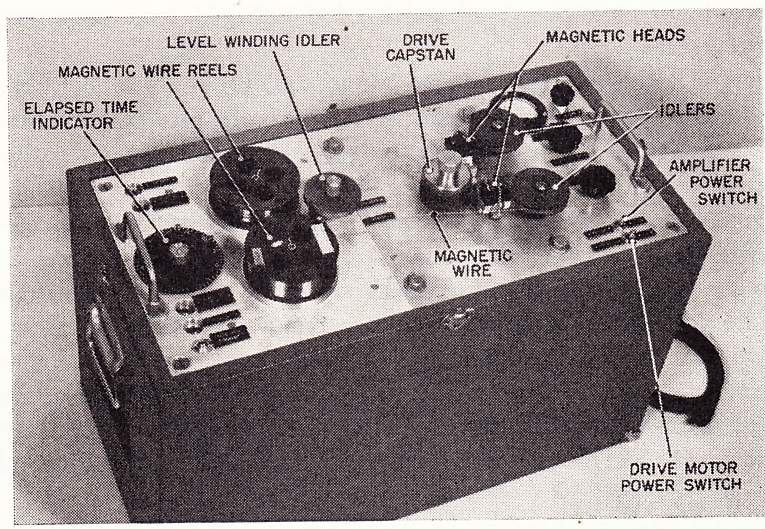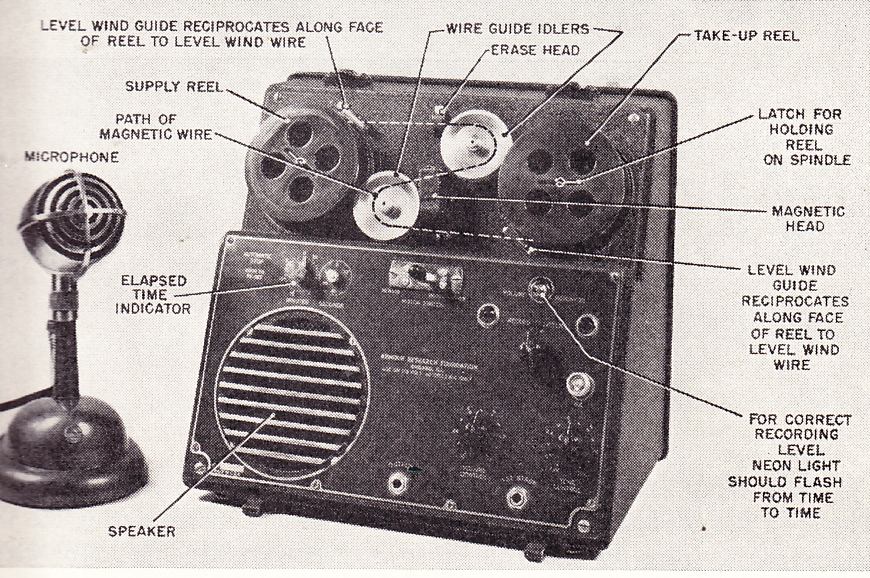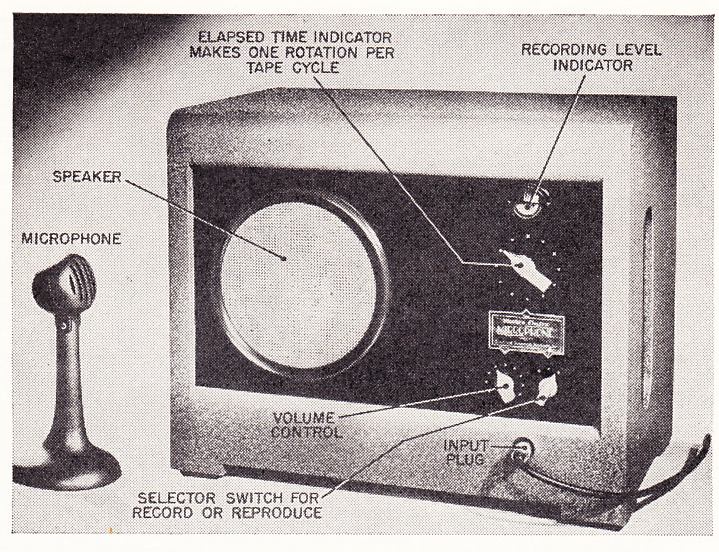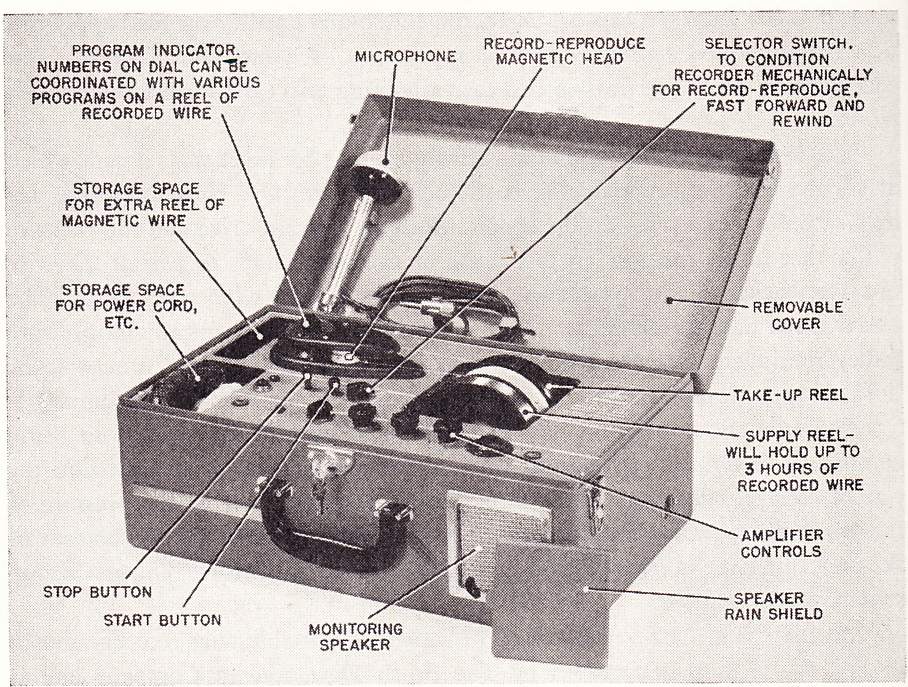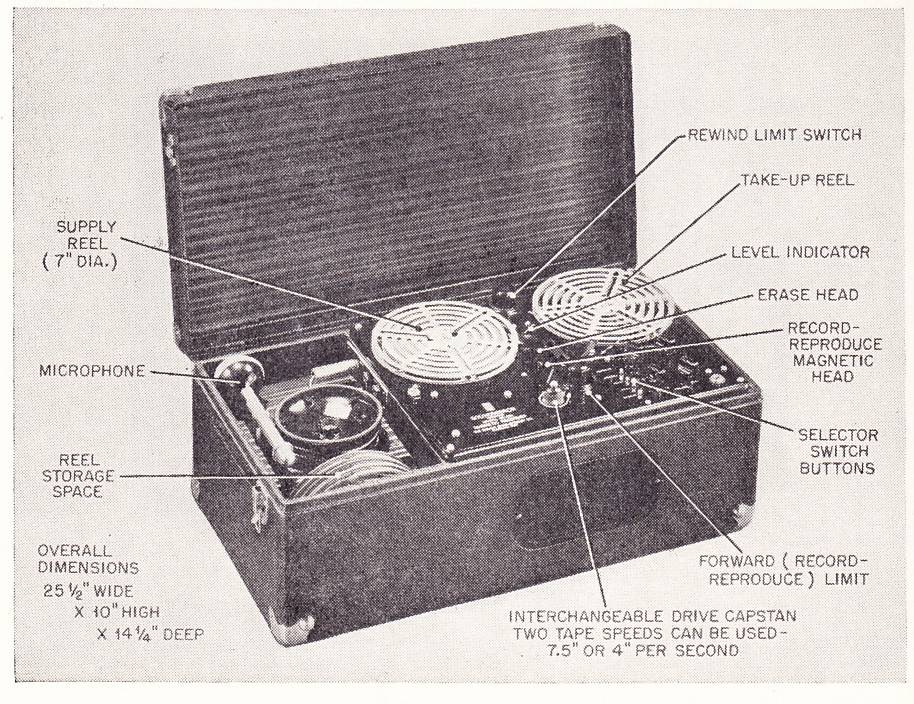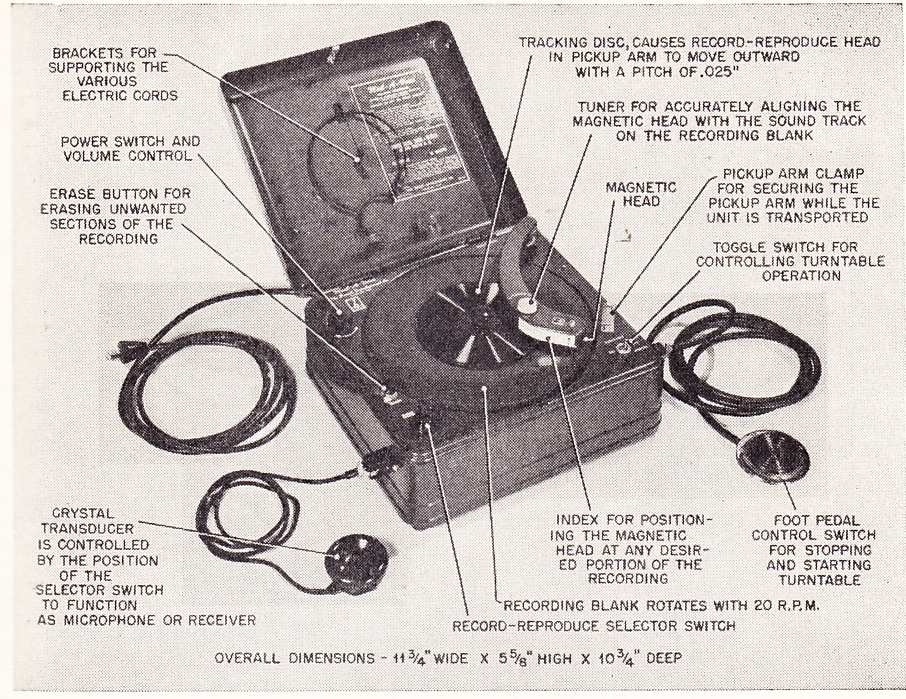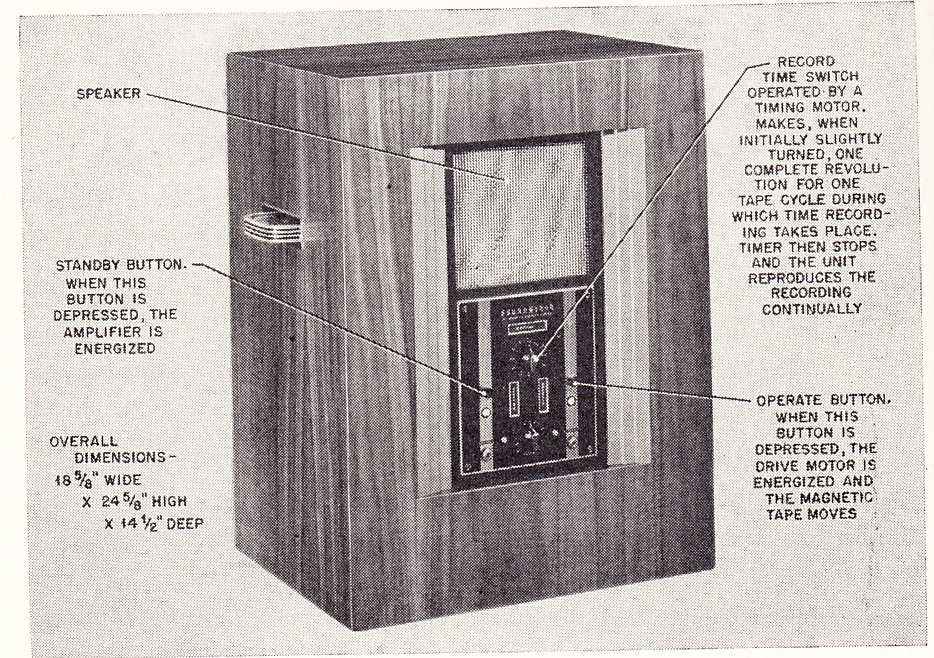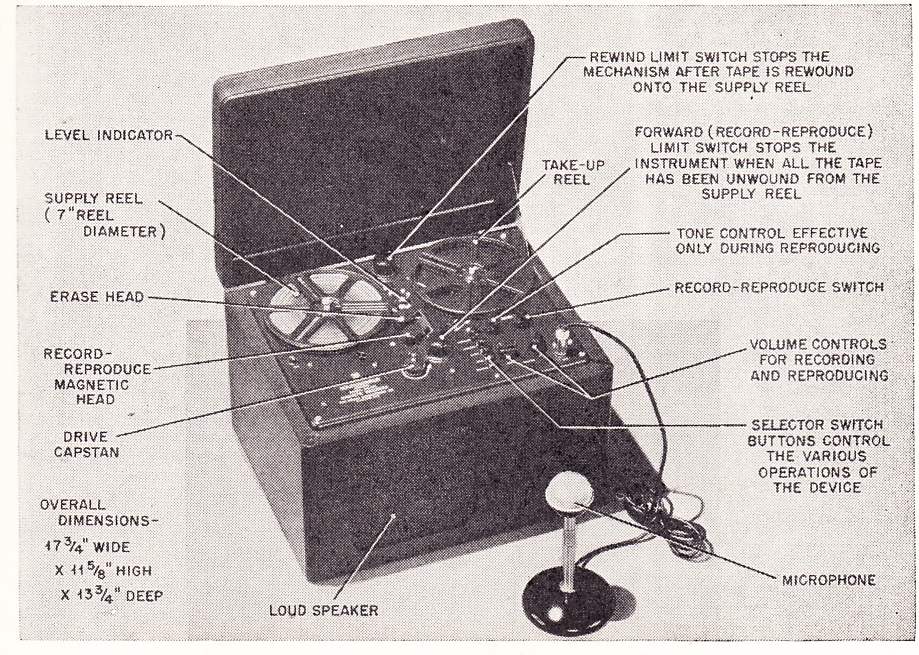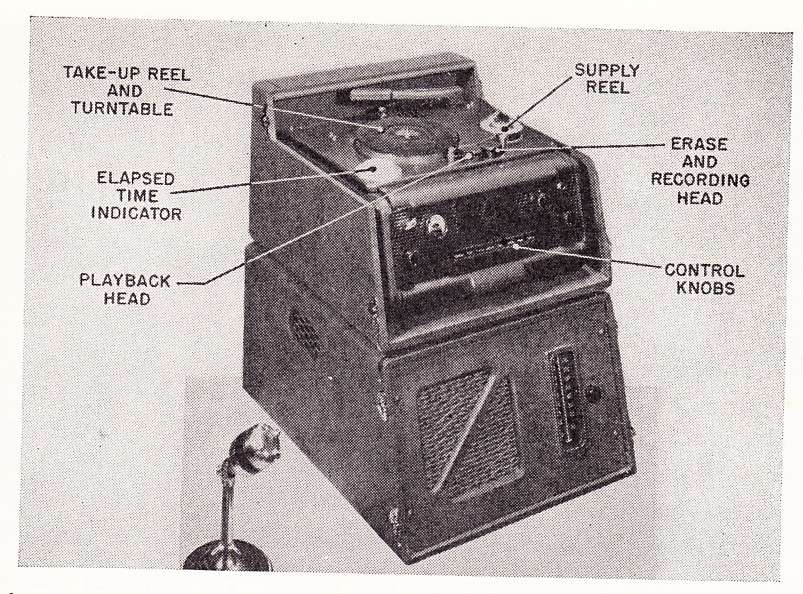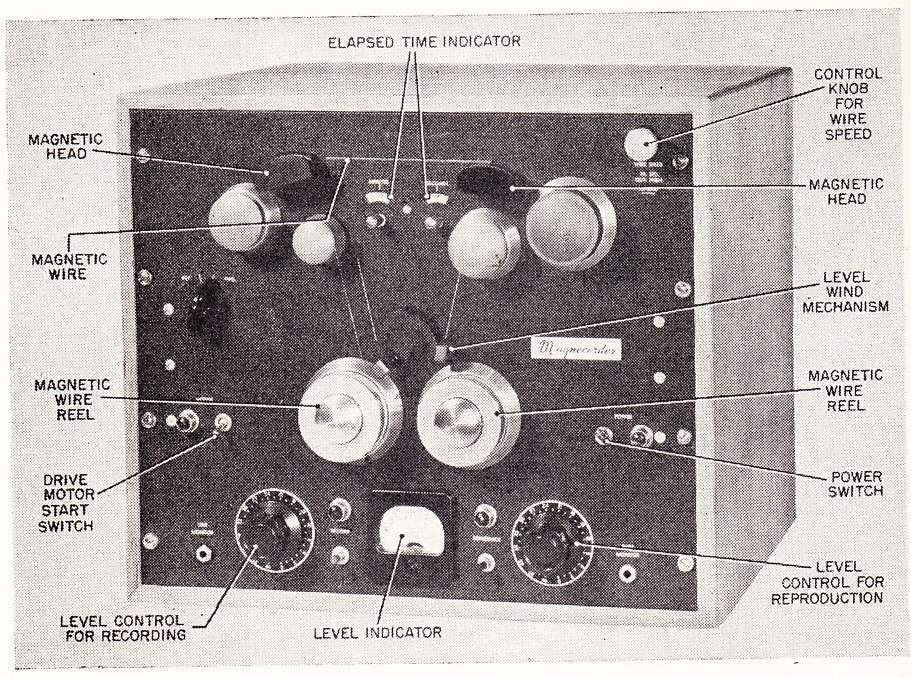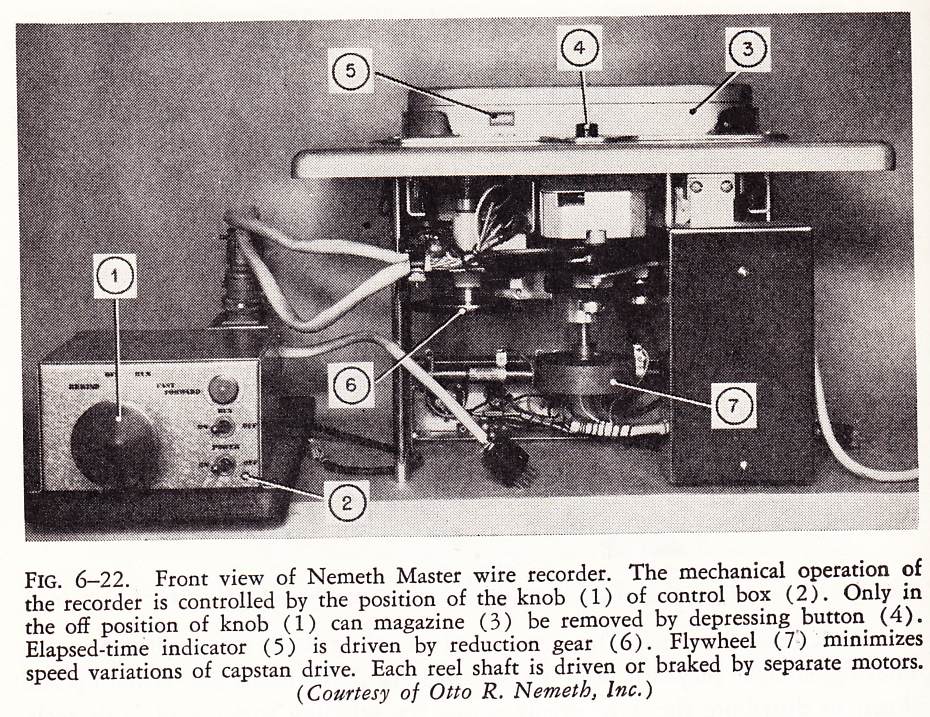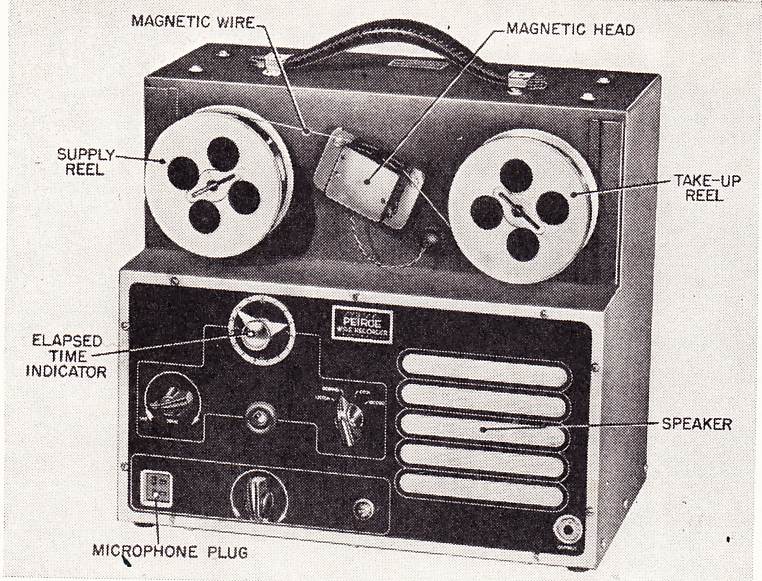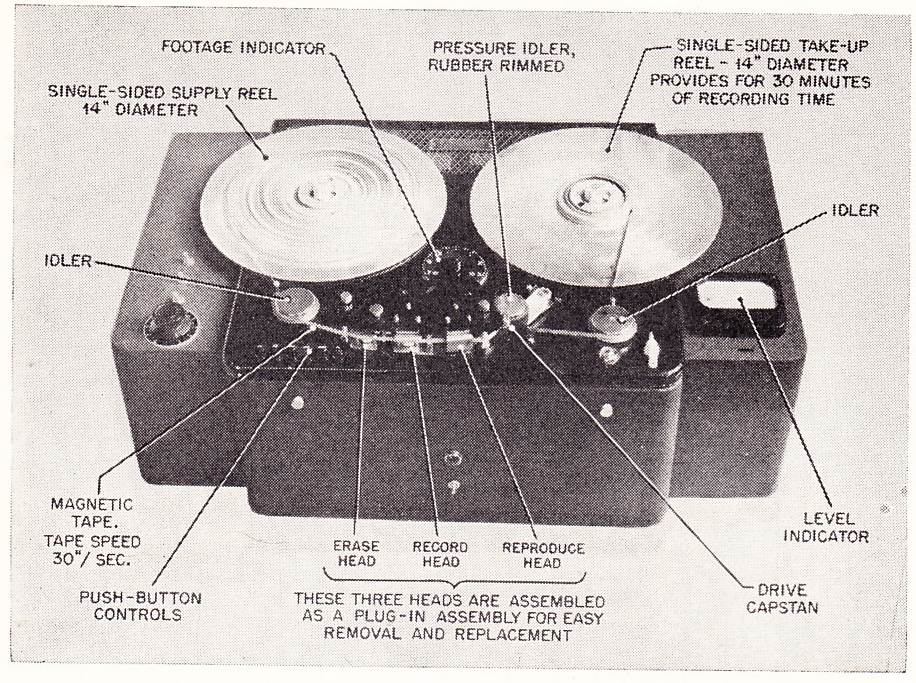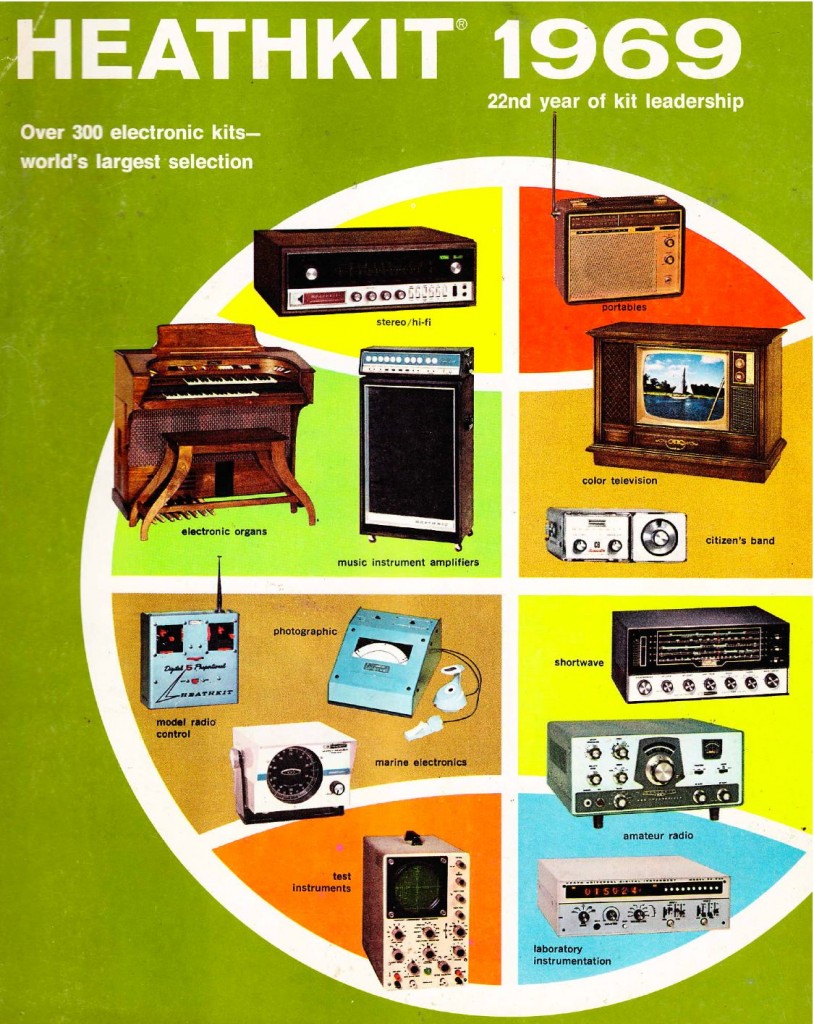 Download a five-page scan of the various guitar amps, guitars, effects, and other Rock-combo-flotsam available from Heathkit in 1969:
Download a five-page scan of the various guitar amps, guitars, effects, and other Rock-combo-flotsam available from Heathkit in 1969:
DOWNLOAD: Heathkit_guitar_amps_1969
Products on offer include: Heathkit Starmaker TA-16 amplifier; AKG and Shure mics and Atlas stands; TA-27 guitar amp; Harmony ‘Silhouette’ H17 electric guitar; Heathkit TA-28 “Fuzz” Booster and TA-58 headphone amp; TA-17 amplifier head and TA-17-1 speaker system; TA-38 bass amplifer (130 lbs!); and a kit version of the famous Vox Jaguar organ.
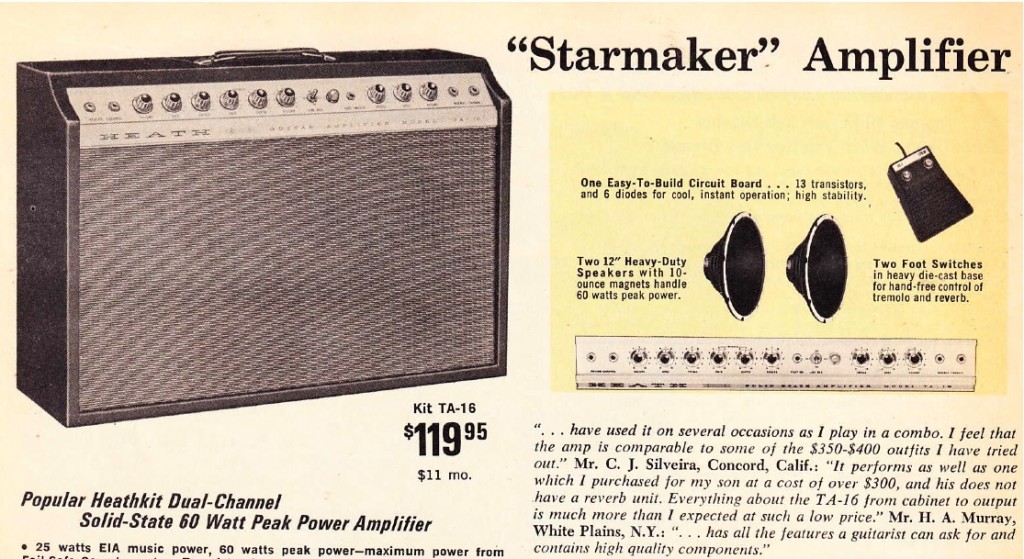
M. and I were digging through some local pawn shops last week and we spotted the above-depicted ‘Starmaker’ amplifer buried under some radial arm saws. Coincidentally enough, the price they were asking was the same $119 that it would have cost you to buy as a kit in 1969. “…in about 8-10 hours and you’ll have the best value around in a solid-state amp. Order yours now.”
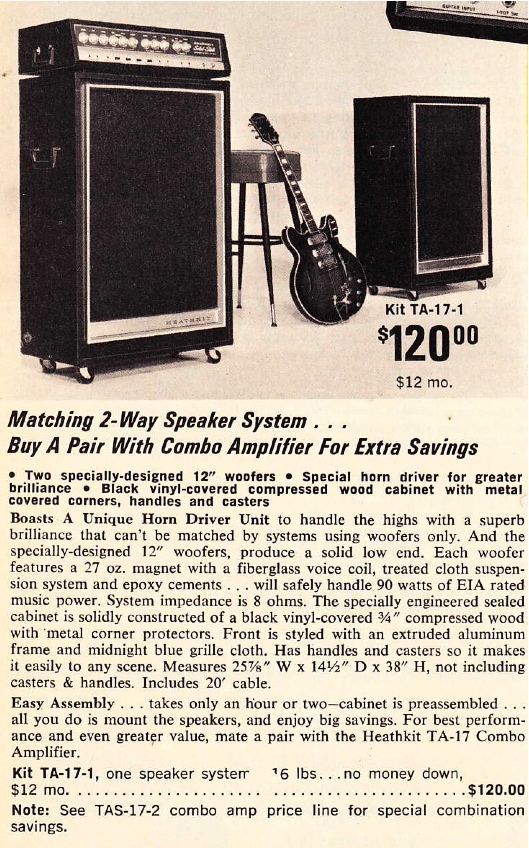 Kit-built electronics were a fascinating and vital part of consumer-culture in America through the 1970s. It’s kind of liberating when you think about it: a product which parses out some (but certainly not all) of the labor from the physical materials of the product; you, the consumer, can then create the finished product from a combination of your capital (money) and your raw labor/time. I am about to do the same thing with a shed; we need someplace to put our lawnmower, and the right balance of capital/labor for my particular circumstances is a shed-kit. I have neither the money to pay someone to build a shed for me nor the free time to build a shed from a blueprint and a pile of uncut lumber; the shed kit seems like the right choice for me. At some point in America, the value of the labor required to complete a piece of consumer-electronics equipment fell below a certain point, thanks to a combination automation (robots) and cheap foreign labor. This made the Heathkit a fairly indefensible option. This affordability of foreign labor (and transportation costs…) can’t last forever though. So I have to wonder: as foreign labor prices continue to rise, will we ever see a return of the kit-option for consumer electronics in America?
Kit-built electronics were a fascinating and vital part of consumer-culture in America through the 1970s. It’s kind of liberating when you think about it: a product which parses out some (but certainly not all) of the labor from the physical materials of the product; you, the consumer, can then create the finished product from a combination of your capital (money) and your raw labor/time. I am about to do the same thing with a shed; we need someplace to put our lawnmower, and the right balance of capital/labor for my particular circumstances is a shed-kit. I have neither the money to pay someone to build a shed for me nor the free time to build a shed from a blueprint and a pile of uncut lumber; the shed kit seems like the right choice for me. At some point in America, the value of the labor required to complete a piece of consumer-electronics equipment fell below a certain point, thanks to a combination automation (robots) and cheap foreign labor. This made the Heathkit a fairly indefensible option. This affordability of foreign labor (and transportation costs…) can’t last forever though. So I have to wonder: as foreign labor prices continue to rise, will we ever see a return of the kit-option for consumer electronics in America?
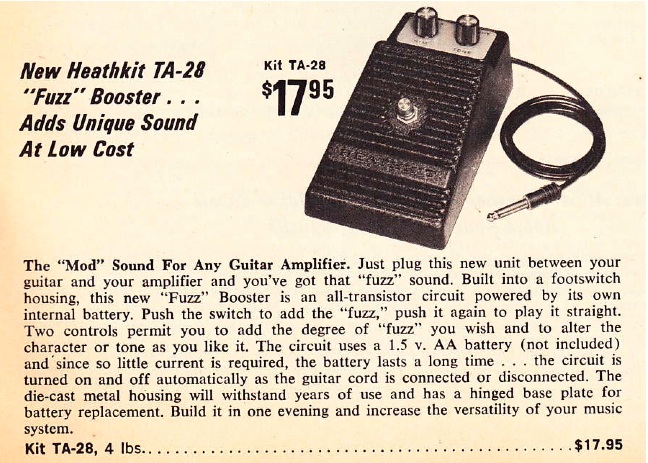
 Do you ever come across a Vox Jaguar and wonder why it does not work quite right? Well now we know: it could have originated as one of these kits; 91 lbs of cold solder joints and sloppy lead dress. Heathkit makes a bold claim about the capability of the above Jaguar when used in league with their TA-38 bass amp: “Here’s a combination that will produce the most mind-bending, soul-grabbing sound around.” 266 lbs, $499.00.
Do you ever come across a Vox Jaguar and wonder why it does not work quite right? Well now we know: it could have originated as one of these kits; 91 lbs of cold solder joints and sloppy lead dress. Heathkit makes a bold claim about the capability of the above Jaguar when used in league with their TA-38 bass amp: “Here’s a combination that will produce the most mind-bending, soul-grabbing sound around.” 266 lbs, $499.00.
